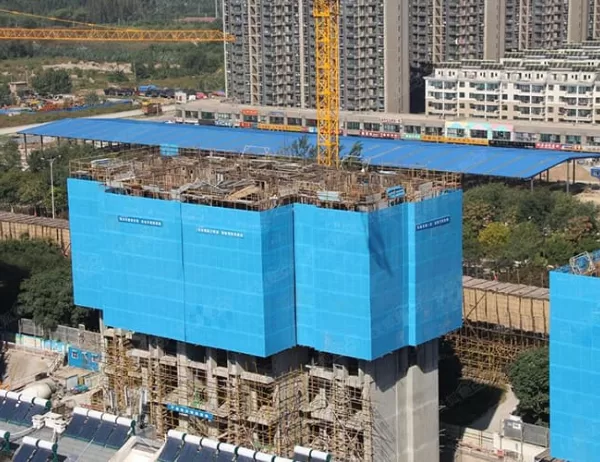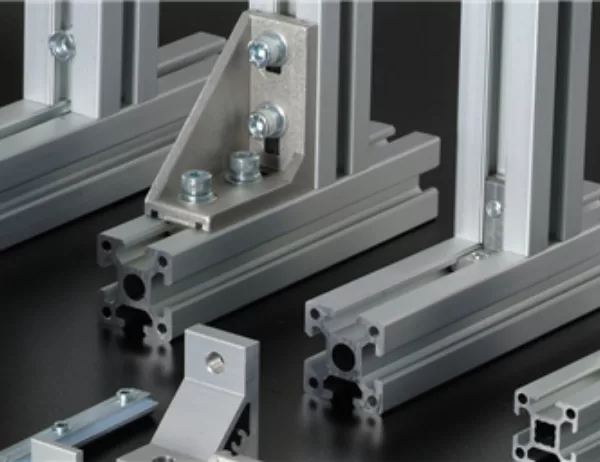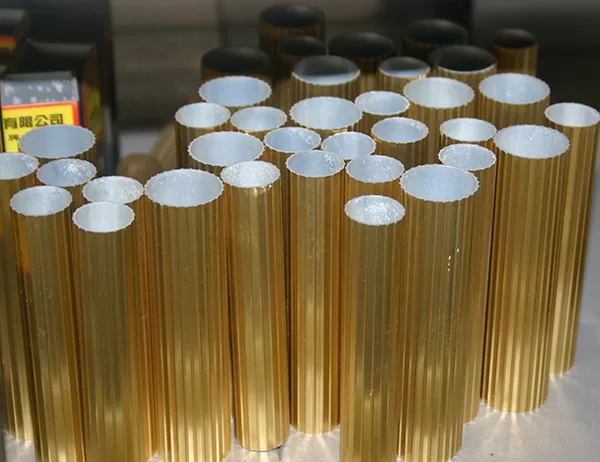How Aluminum Track Profiles Enhance Safety in Commercial Spaces
In the realm of commercial architecture, where safety and aesthetics intertwine, aluminum track profiles emerge as unsung heroes, quietly safeguarding occupants from unseen hazards. These seemingly inconspicuous components play a crucial role in mitigating risks, ensuring a secure and comfortable environment for businesses and patrons alike.
Enhancing Floor Stability and Traction
Slippery floors pose a significant threat in commercial spaces, especially in areas with high foot traffic. Aluminum track profiles, installed at the edges of flooring transitions, provide a secure grip, preventing slips and falls. Their knurled or abrasive surfaces ensure optimal traction, even in wet or icy conditions, reducing the risk of accidents.
Delineating Boundaries and Preventing Trips
In dimly lit or crowded environments, it can be challenging to discern floor level changes or obstacles. Aluminum track profiles, acting as visual cues, create clear boundaries between different surfaces. Their contrasting color or texture alerts individuals to steps, ramps, and uneven surfaces, preventing trips and falls.
Safeguarding Fire and Smoke Spread
In the event of a fire, aluminum track profiles can play a vital role in containing the spread of flames and smoke. They act as physical barriers, preventing the passage of heat and fumes through floor joints. This added protection allows occupants to evacuate safely and minimizes property damage.
Aesthetic Appeal and Durability
Beyond their safety benefits, aluminum track profiles also enhance the aesthetics of commercial spaces. Available in a range of finishes and colors, they can complement any interior design scheme while seamlessly integrating with various types of flooring materials. Their durability ensures long-lasting performance, withstanding wear and tear from heavy foot traffic and demanding cleaning regimens.
Conclusion
Aluminum track profiles may seem like minor details in the grand scheme of commercial architecture, but their impact on safety and well-being cannot be underestimated. By enhancing floor stability, delineating boundaries, safeguarding against fire and smoke spread, and adding aesthetic value, these profiles play a pivotal role in creating safe and inviting commercial spaces. Their functionality and durability make them essential components for ensuring the safety of occupants and meeting the demanding requirements of modern business environments.




